The Language of Food: Exploring culinary terms and traditions
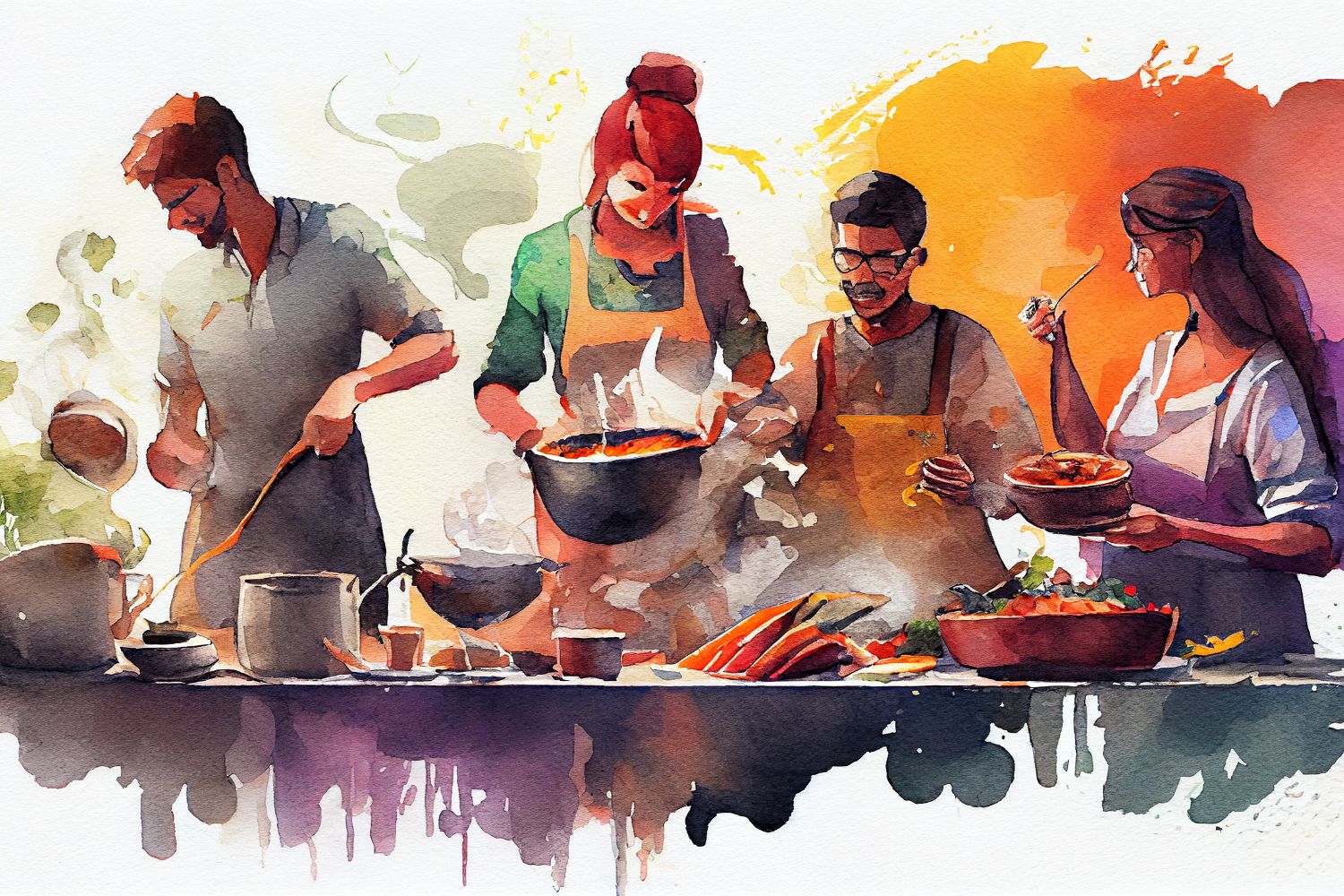
Food is a universal language that transcends cultural boundaries and brings people together.
From the aromatic spices of India to the delicate flavors of French cuisine, each culture has its unique culinary traditions and terminology.
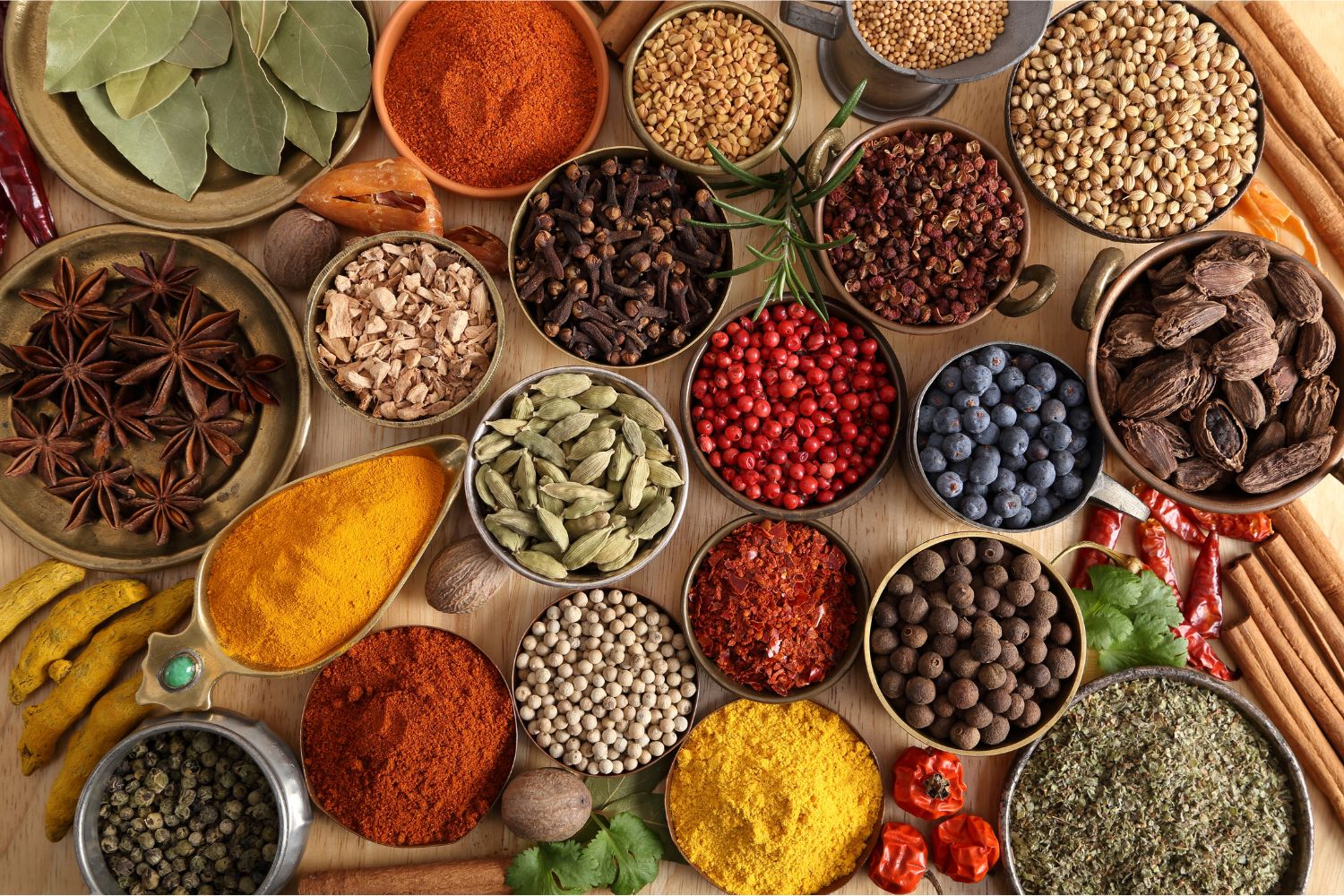
Let’s embark on a delicious journey through the language of food, exploring various culinary terms and traditions from around the world.
Flavorful Expressions
Food-related idioms and expressions provide insight into the way diverse cultures perceive and appreciate their cuisine. For example, in English, we say spill the beans to mean revealing a secret, whereas in Spanish, dar calabazas (to give pumpkins), means rejecting someone romantically. These linguistic nuances highlight the cultural significance of food and its integration into everyday language.
Food Terminology
Every culture has a rich lexicon of culinary terms that capture the essence of their traditional dishes. Whether it is the Italian al dente to describe perfectly cooked pasta or the Japanese umami to denote the savory fifth taste, these terms encapsulate the unique qualities of different foods and cooking techniques.
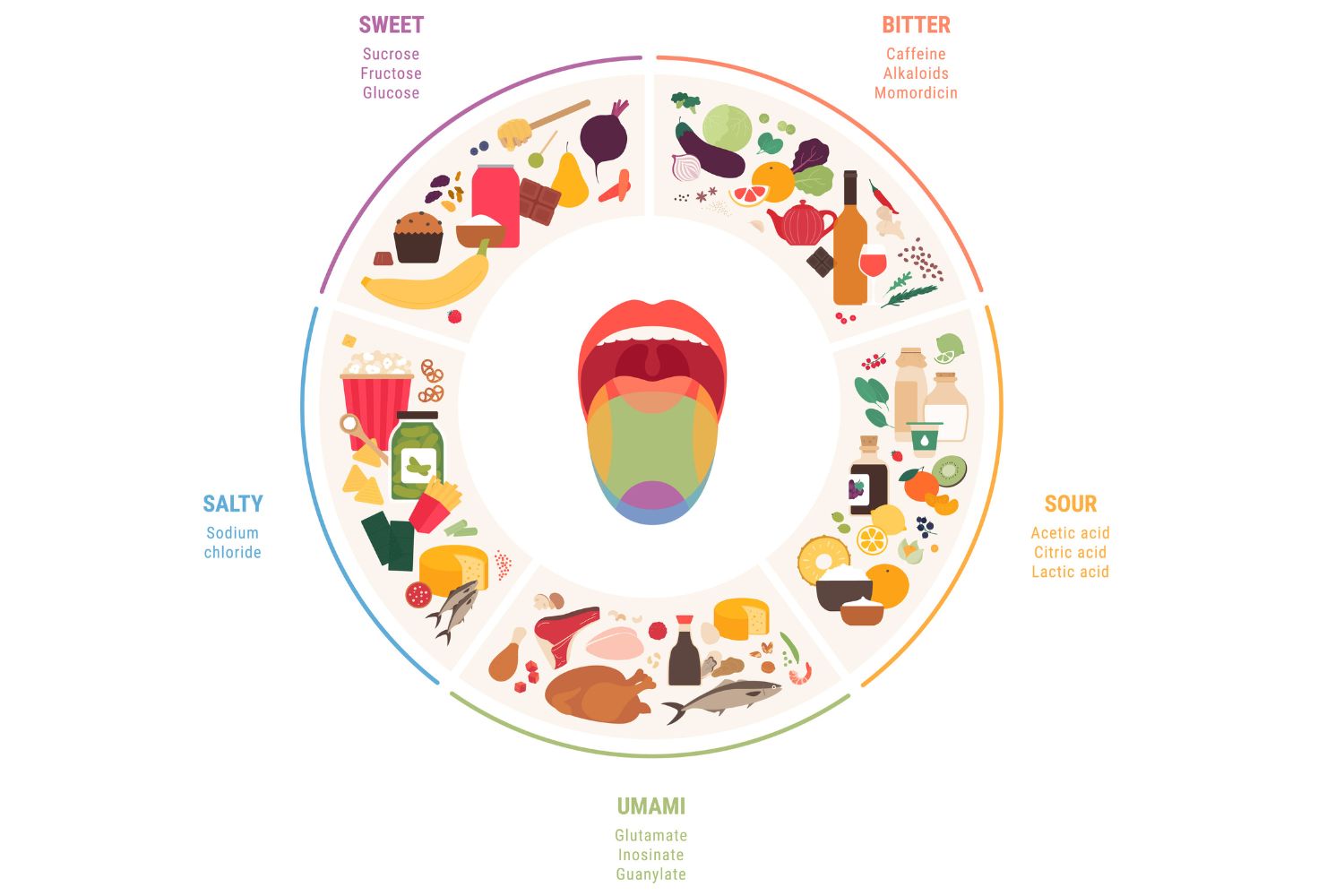
Exploring food terminology can also uncover fascinating historical and cultural contexts. For instance, the Indian term masala refers to a blend of spices, representing the country’s vibrant and diverse culinary heritage. Similarly, the French word terroir encompasses the environmental factors that influence the taste and quality of wine, cheese, and other regional products.
Traditional Food Customs
Food is deeply intertwined with cultural traditions and customs. Each country has its culinary rituals that have been passed down through generations. From the elaborate multi-course meals of French haute cuisine to the communal Ethiopian injera bread shared at the table, these traditions reflect different societies’ values and social dynamics.
Exploring traditional food customs also sheds light on the significance of certain dishes during festivals and celebrations. For example, mooncakes are an integral part of the Mid-Autumn Festival in China, symbolizing unity and family.
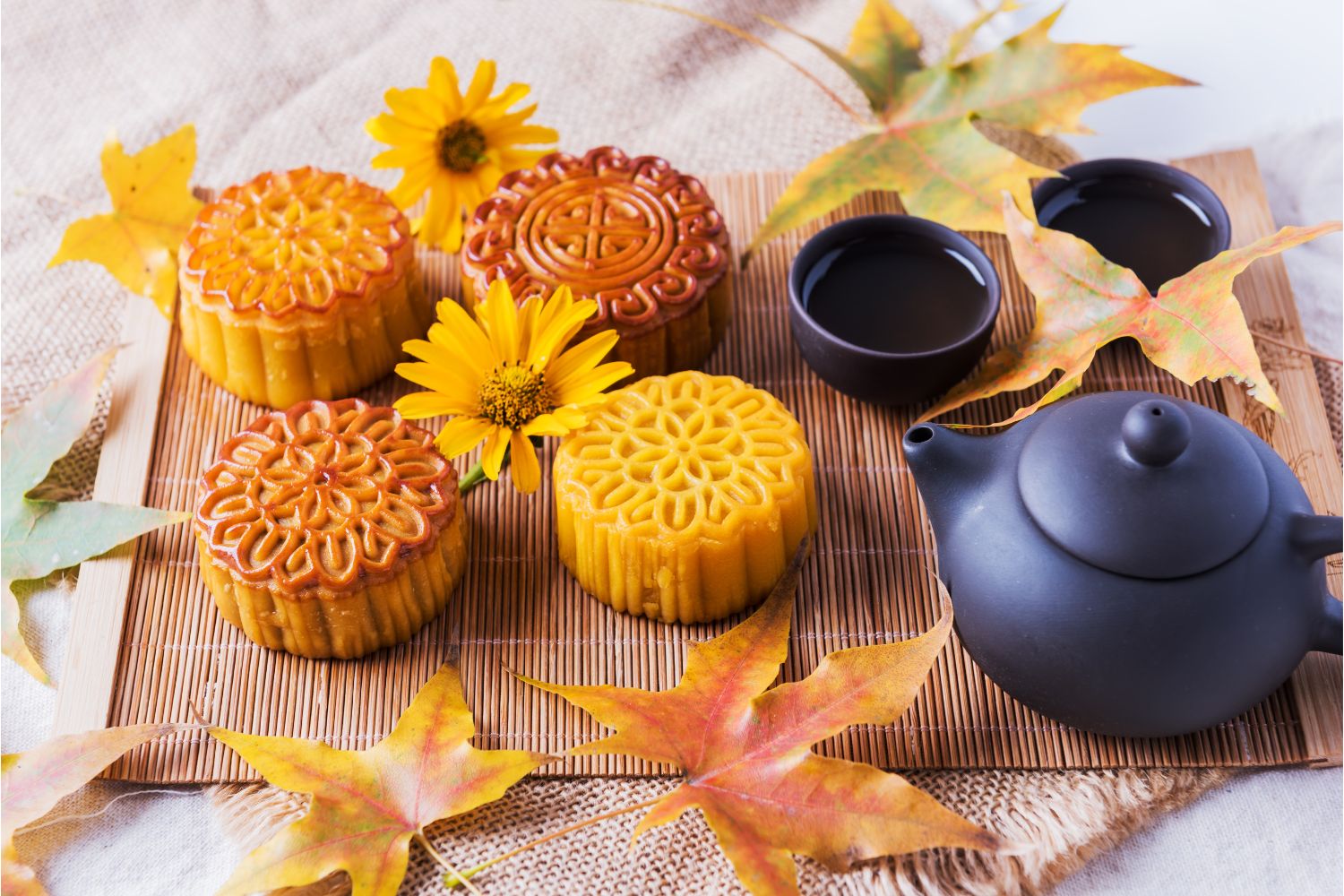
Similarly, the turkey holds a central place on the Thanksgiving table in the United States, representing gratitude and abundance.
Regional Specialties
Culinary terms and traditions vary not only from country to country but also within different regions of the same country. Exploring regional specialties provides a deeper understanding of the diverse culinary landscape within a particular culture.
For instance, Italy boasts a plethora of regional delicacies such as Neapolitan pizza, Tuscan ribollita, and Sicilian cannoli. Each dish reflects the distinct ingredients, cooking methods, and cultural influences of its respective region.

Similarly, the varied cuisines of India, ranging from the spicy curries of the south to the vegetarian delights of Gujarat, highlight the country’s incredible culinary diversity.
Food is much more than sustenance; it is an art form, a medium for cultural expression, and a way to connect with others.
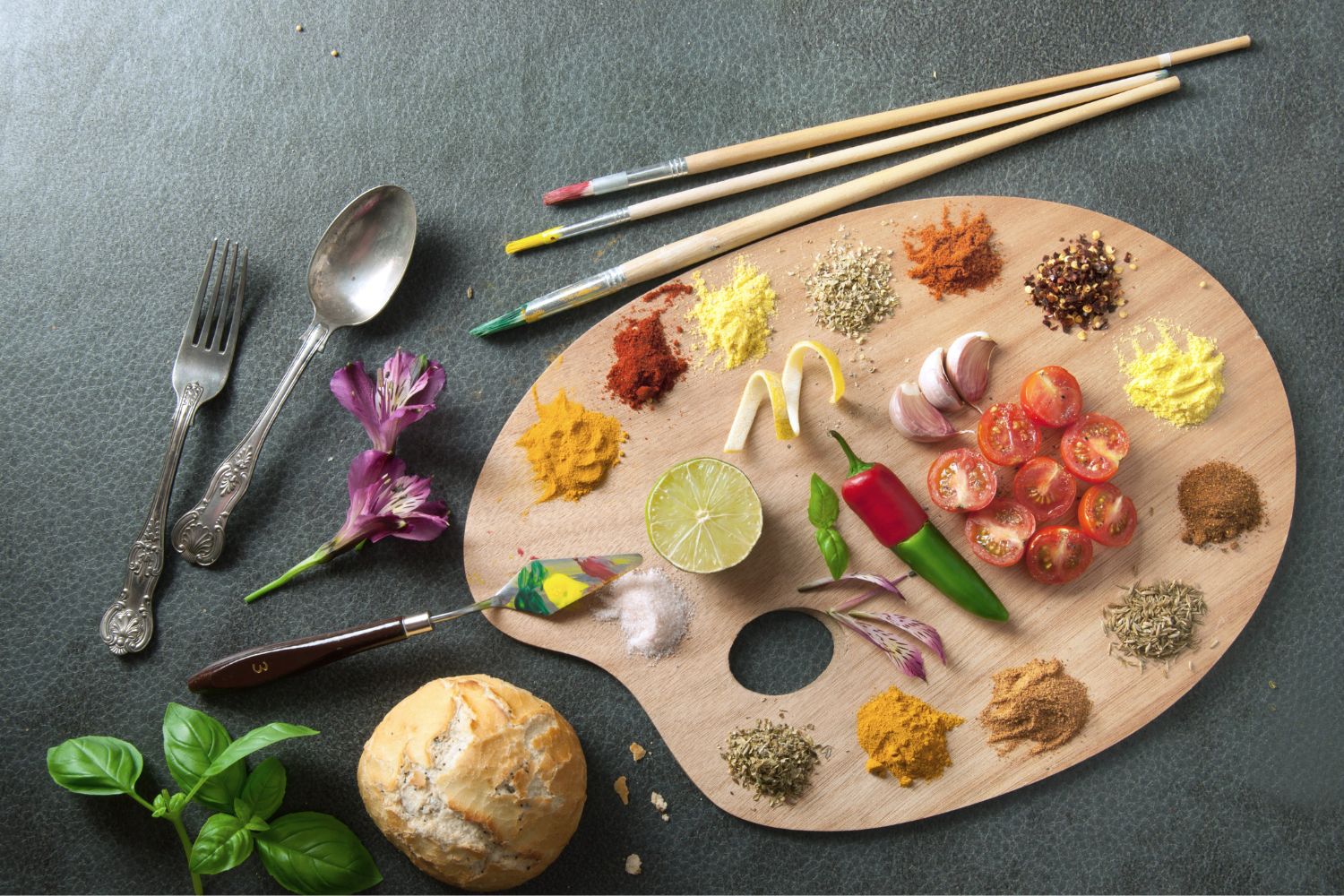
Exploring the language of food allows us to appreciate the rich tapestry of global gastronomy, its unique terminology, and the traditions that shape it. So, the next time you savor a dish or engage in a culinary conversation, remember that food speaks volumes about a culture’s history, values, and creativity. Bon appétit!
Teneo Linguistics Company is a certified small, woman-owned business that specializes in a variety of customizable language services in over 180 languages. Learn more about how TLC can support your company at www.tlctranslation.com.






